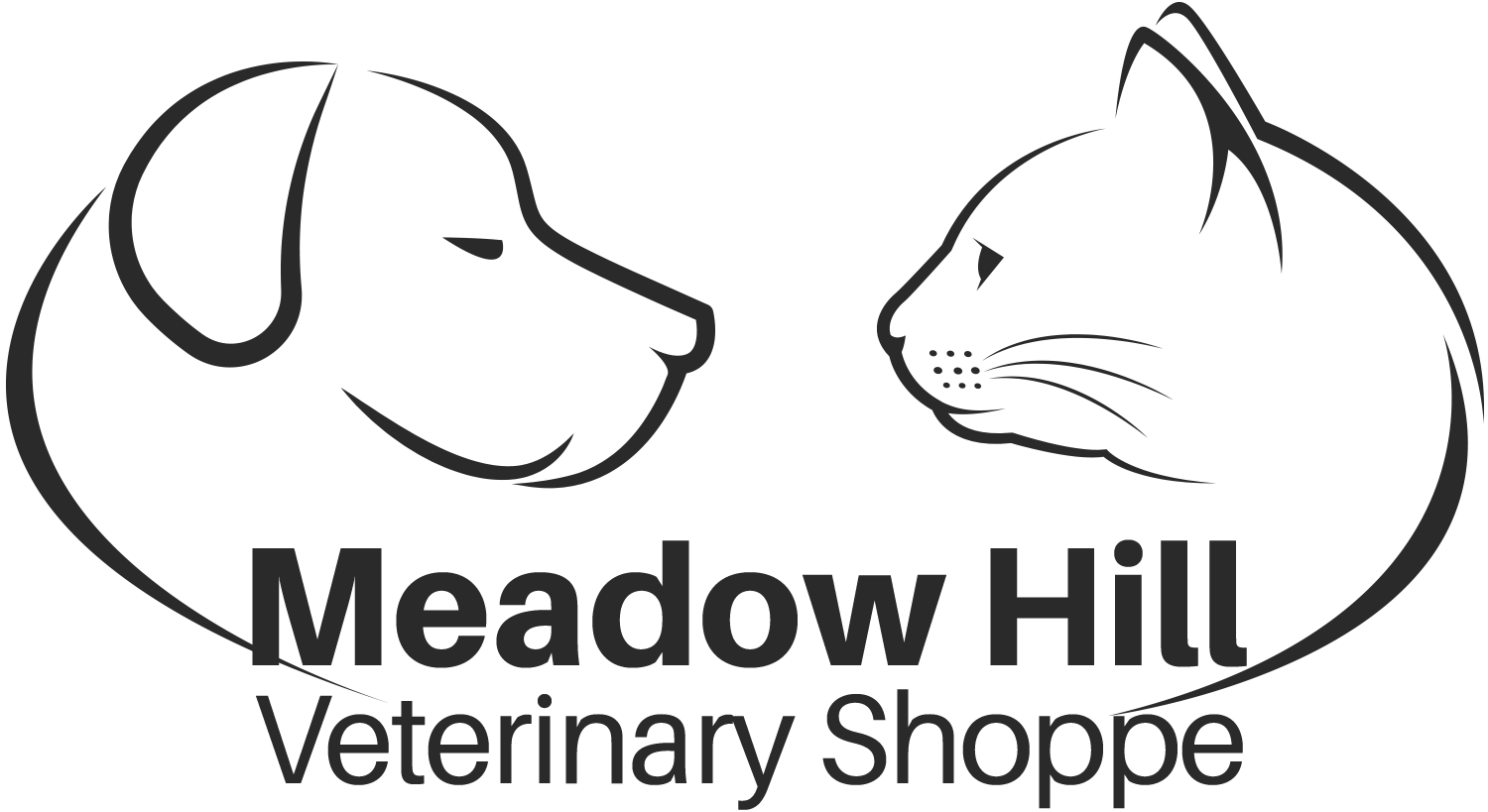Library
-
Medical waste includes needles, syringes, body parts, bodily fluids, feces and medications among other things. This handout addresses some of the ways such waste can be safely disposed.
-
Many dogs love to get out to socialize and exercise with their canine friends and dog parks are their go-to spots for getting together. Proper etiquette, from both you and your pup, will allow everyone to enjoy the park safely and courteously.
-
Propranolol (brand names Inderal®, Detensol®, Hemangeol®, Innopran®) is a beta-blocker used off label (extra label) to treat abnormal heart rhythms (arrhythmias) in cats, dogs, ferrets, and horses. It has also been used short-term to treat hypertension caused by thyrotoxicosis or pheochromocytoma. It is given by mouth or injection.
-
Tumors of the prostate are relatively uncommon in dogs and extremely rare in cats. Clinical signs include bloody urine, or straining to urinate or defecate. Metastasis to the pelvic bone and/or lumbar spine is likely. Diagnosis and treatment options are discussed. Prognosis is considered poor.
-
Prostatic disease can be uncomfortable for a dog, particularly if it causes compression of the urethra or colon. Because there are many diseases of the prostate, it is necessary to perform several tests to determine the exact cause of a patient's condition. This handout provides explanations of the seven most common conditions affecting the prostate and the corresponding approaches to treatment.
-
The word enteropathy means any disease of the intestinal system. Protein-losing enteropathy (PLE) is not a specific disease, but rather describes a group of diseases that cause the loss of proteins from the bloodstream into the gastrointestinal (GI) tract.
-
Pruritus (itching) is a very common skin disorder that can be seen due to allergies or infections affecting the skin. The condition may be resolved if an underlying cause can be identified. Consult your veterinarian about what can be tested for and what treatments can be effective for relief.
-
No hyperactive ankle-biter, the Pug has a stable and noble way, befitting a much larger dog - and a giant personality to match.
-
A barking mop on springs, the Puli is a perky and personable dog that gets lots of second looks for his Rastafarian locks.
-
Pulmonary hypertension means that the peak blood pressure in the arteries of the lungs is much higher than normal. Several abnormalities can lead to high blood pressure in the arteries of the lungs and many of the underlying reasons involve the heart. There are many signs of pulmonary hypertension including exercise intolerance, difficulty breathing with or without exertion/exercise, rapid breathing, coughing, spitting up blood from the lungs, fainting, and more. There are many potential causes of pulmonary hypertension. Several medications are available to treat your dog. It is important to maintain a low-stress environment while any underlying cardiac or respiratory disease is treated and managed. Activity may need to be restricted. It is essential to monitor dogs with pulmonary hypertension for worsening of clinical signs. Periodic physical examinations, blood pressure monitoring, and ultrasound evaluations of the heart will also be important. The long-term prognosis is very guarded for dogs with pulmonary hypertension.

